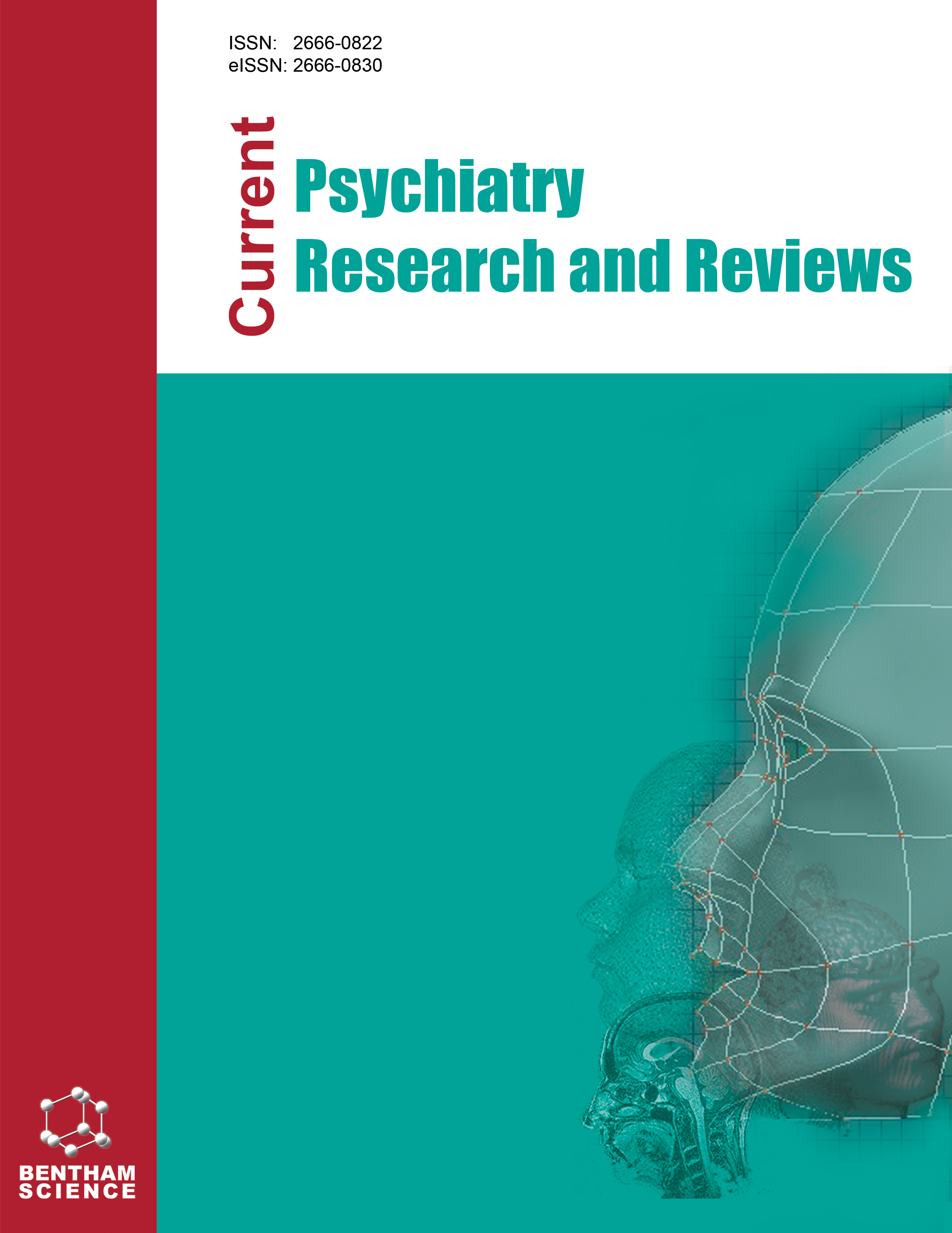
Full text loading...
We use cookies to track usage and preferences.I Understand
Mental illness remains a global public health concern, affecting millions of individuals worldwide. However, barriers such as limited access to mental healthcare, stigma, and resource constraints hinder effective interventions and treatment. The fourth industrial age, marked by the integration of artificial intelligence technologies, offers innovative solutions to revolutionize mental health counseling and support.
This review explores the challenges faced in traditional mental healthcare and proposes the integration of AI-generated health counseling as a transformative approach. AI-powered chatbots and virtual assistants present accessible, cost-effective alternatives that overcome geographical barriers and combat stigma. These chatbots employ natural language processing and machine learning to engage users in personalized and interactive conversations. Chatbots also offer continuous support, psychoeducation, and coping strategies. Virtual Reality Therapy leverages AI to create realistic simulations for exposure therapy, proving effective in treating anxiety disorders and PTSD. AI-driven voice assistants and virtual coaches enhance mental health counseling by delivering behavioral therapy and improving symptoms of depression and anxiety.
They enhance accessibility, provide 24/7 support, and reduce stigma, offering personalized support tailored to individual needs. Integrating AI-generated health counseling in mental healthcare can bridge treatment gaps, improve accessibility, and strengthen the patient-provider relationship.
AI serves as a valuable supplement, working collaboratively with human therapists to provide comprehensive care. Embracing AI technologies responsibly holds promise for the future of mental health counseling and offers transformative possibilities to address the global burden of mental illness.

Article metrics loading...

Full text loading...
References


Data & Media loading...

